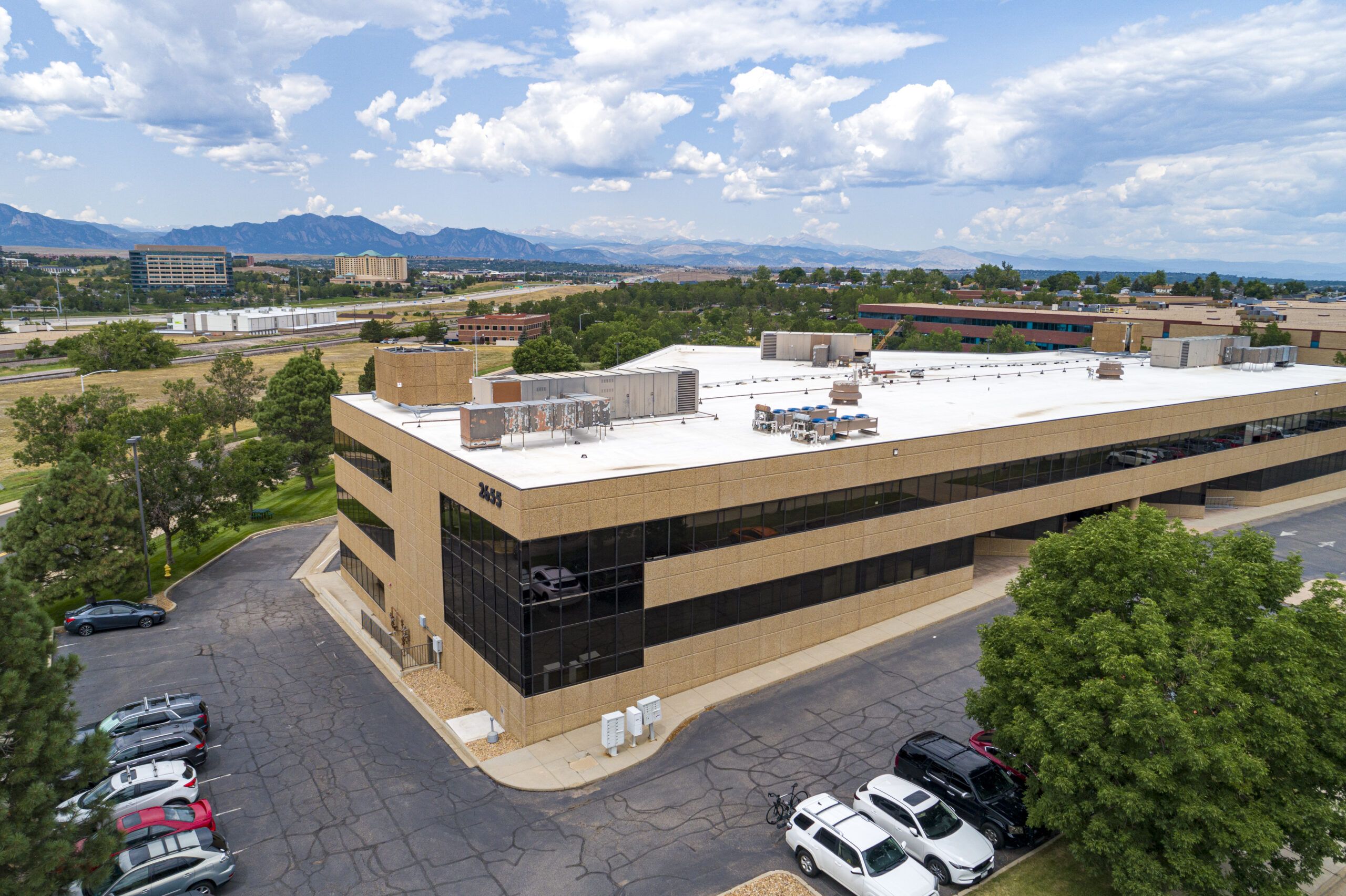Wells: Roaring teens? A look back at a decade of growth in local real estate
If you didn’t see this coming 10 years ago, that’s understandable.
After all, when the calendar turned over to 2010, the national and state economies were each in the early stages of recovery from the Great Recession. There was still no telling what was in store for Northern Colorado’s real estate market.
But hindsight tells us that the past decade brought housing demand that — while recently showing signs of easing — continues to underscore a strong residential market across the northern Front Range. As with almost every real estate upswing, the key to the 2010-2019 surge was robust job growth throughout the region. Between October 2009 and October 2019, the number of Northern Colorado residents who held jobs increased by nearly 130,000 (Boulder County-31,833, Larimer County-40,199, Weld County-56,213). And local unemployment rates currently hover close to 2 percent.
SPONSORED CONTENT
But there were also some characteristics that made these 10 years unique, and challenging, for each of our region’s communities. Here’s a snapshot at what unfolded around the area:
Fort Collins
From the job growth referenced earlier there were more people to fill those jobs. That’s apparent when you look at local population trends. Between 2010 and 2018, Fort Collins added nearly 24,000 residents — an increase of 16.6 percent. At the same time, options for homebuyers didn’t grow at the same pace. Notably, there were 1,064 homes for sale in Fort Collins January of 2010. As of November of 2019? Just 421. At the same time, average prices increased 85 percent. Consequently, tighter supply drove many to look elsewhere in Northern Colorado for a desired place to live and raise families.
Greeley
Of all of Northern Colorado’s communities, Greeley felt the biggest blow from the 2008-2009 housing crisis. Ten years later, Greeley’s economy and housing market has performed as well as any of the region’s sub-markets, reflected in 15.6 percent population growth and average sales prices that have more than doubled (up 120 percent). But Greeley is also contending with the stress of tight availability, registering just 1.7 months of housing inventory — the lowest in the region — at the end of last year.
Loveland
Statistically, Loveland’s decade in real estate was nearly identical to Fort Collins. Population increased 15.8 percent, average sales prices increased 89 percent to $406,688, and housing availability dwindled. Still, sales were up sharply. Consider that January of 2010 saw 59 closings, compared to 129 in November of 2019. Along the way, the city reinforced its reputation as an arts haven and made significant investments in its downtown infrastructure, all reasons to believe that Loveland will continue to grow with the trajectory of the region.
Berthoud
Like Windsor, Berthoud has been realizing the effects of location. With Longmont a few miles south and Loveland just to the north, it’s become a magnet for people working in either community. New construction, especially in the emerging TPC of Colorado golf course community, is a significant reason for its 56 percent population gain during the decade. Consequently, Berthoud is a rare case in Northern Colorado: as many homes for sale in November 2019 as in January 2010. And also like Windsor, expect to see a revival of the town’s older commercial district to meet the needs of the growing marketplace.
Timnath
In a word, wow! Once a tiny farming village across Interstate 25 from Fort Collins, Timnath has experienced some of the most explosive growth in all of Colorado over the past decade, with population growing by 371 percent between 2010 and 2018. As a reflection of new construction of high-end homes in developments like WildWing and Harmony Club, average home prices in Timnath increased 169 percent to $559,890. Look for an influx of commercial growth to serve the rising population, and new multifamily housing that will likely ease the average prices.
Windsor
When homebuyers were deciding to expand their search beyond Fort Collins, Greeley, or Loveland, where are they looking? Windsor was at the top of the list of many, which goes a long way to explain the town’s 55 percent increase in population over the decade. It’s location — roughly in the middle of those three — makes it attractive for commuters. While Windsor also registers the area’s highest average home price at $448,728, don’t let that fool you. Recent construction is adding more reasonably priced housing to the supply, which is sure to attract a new round of homebuyers.
Brandon Wells is president of The Group Inc. Real Estate, founded in Fort Collins in 1976 with six locations in Northern Colorado
If you didn’t see this coming 10 years ago, that’s understandable.
After all, when the calendar turned over to 2010, the national and state economies were each in the early stages of recovery from the Great Recession. There was still no telling what was in store for Northern Colorado’s real estate market.
But hindsight tells us that the past decade brought housing demand that — while recently showing signs of easing — continues to underscore a strong residential market across the northern Front Range. As with almost every real estate upswing, the key to…



